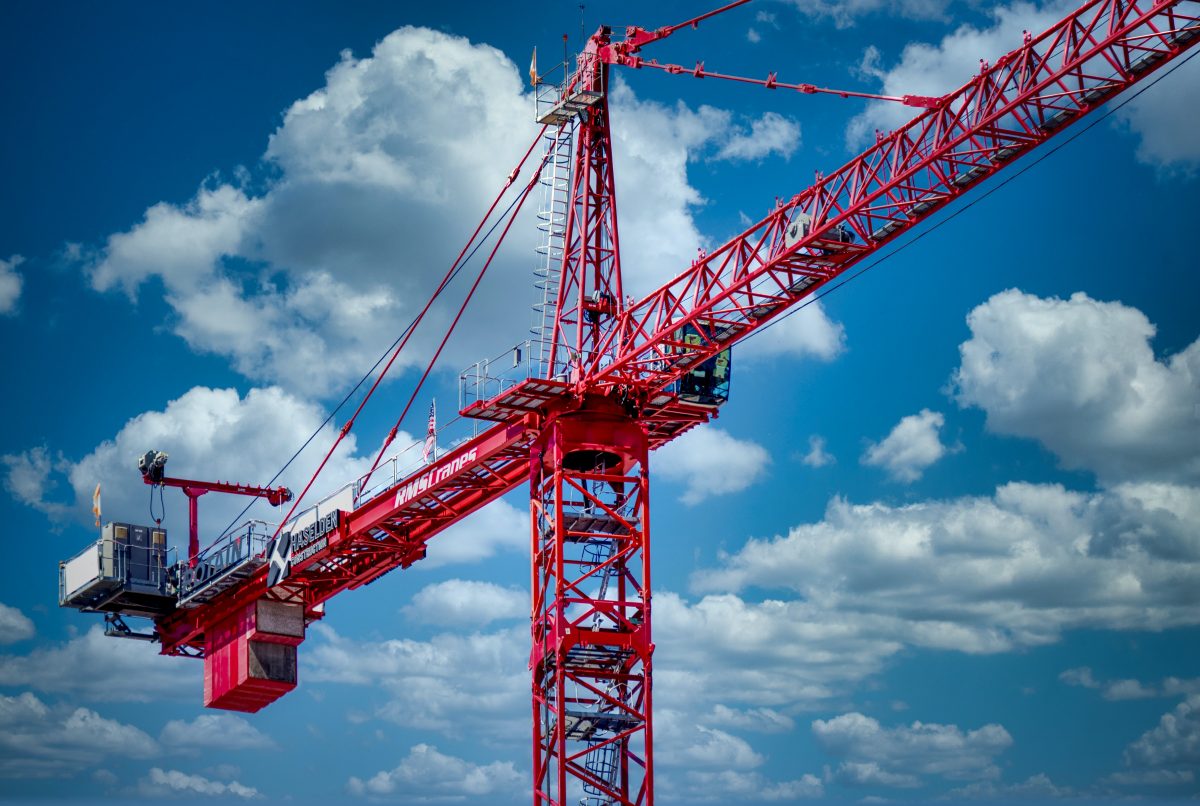For the month of August, we are putting in the spotlight two key areas relating to our Hazard of the Month, Working at Height. These key areas are Working at Height and Risk Assessments.
Working at Height
 Everyone knows that working at height is a hazard. Common knowledge, however, often breeds complacency and it is clear to see there are still safety failings occurring all the time when working at height. Just last month, the HSE’s latest statistics revealed that falls from height were once again the top cause of fatal accidents in 2020/21.
Everyone knows that working at height is a hazard. Common knowledge, however, often breeds complacency and it is clear to see there are still safety failings occurring all the time when working at height. Just last month, the HSE’s latest statistics revealed that falls from height were once again the top cause of fatal accidents in 2020/21.
To work at height lawfully and safely, you must abide by the 2005 Work at Height Regulations:
- All work at height must be properly planned and organised.
- Those involved in the work are considered competent (more on that later!)
- The risks of working at height must be properly assessed and the appropriate work equipment is used.
- The risks of working on or near fragile services must be properly managed.
- Equipment used for working at height should be properly inspected and maintained.
In terms of competency, a worker can be considered competent and therefore able to safely work at height or operate equipment like MEWPs If they have sufficient skills, knowledge, and experience. If individuals are being trained, they must be supervised by someone who meets these criteria.
If the work is low-risk or only for a short duration, competence can be established through employees receiving instruction of safe use (such as tying a ladder correctly) and appropriate training. Training often takes place on the job, it does not have to happen in a classroom.
At a more technical level, existing training and certification schemes drawn up by trade associations and industry is one way to demonstrate competence.
If you are a worker or you employ workers who will be consistently engaging in working at height practices it is important to have formal training; this is especially necessary when completing PQQs and SSIPS as it is becoming a much more frequent requirement. WA Management’s Working at Height online training course gives you all the same knowledge and qualification as an in-person course but at a fraction of the price and from the comfort of your own home or office!
Risk Assessments
 A Risk Assessment is an examination of anything that could cause harm to people in the workplace. Its primary aim is to prevent harm and reduce risk to an acceptable level. By identifying hazards and assessing risk levels, a Risk Assessment helps determine what control measures are necessary to keep people safe.
A Risk Assessment is an examination of anything that could cause harm to people in the workplace. Its primary aim is to prevent harm and reduce risk to an acceptable level. By identifying hazards and assessing risk levels, a Risk Assessment helps determine what control measures are necessary to keep people safe.
The first step of working at height, like any task, is to assess the risks. The process of this involves four easy steps:
- Assess the risks
- Decide on the precautions required
- Record the significant findings
- Review the assessment as necessary
When assessing the risks, factors to weigh up include the height of the task, the duration and frequency, and the condition of the surface being worked on. In addition, you should work through these simple steps before working at height:
- avoid work at height where it’s reasonably practicable to do so
- where work at height cannot be easily avoided, prevent falls using either an existing place of work that is already safe or the right type of equipment
- minimise the distance and consequences of a fall, by using the right type of equipment where the risk cannot be eliminated
For each step, always consider measures that protect everyone at risk (collective protection) before measures that only protect the individual (personal protection).
- Collective protection is equipment that does not require the person working at height to act for it to be effective. Examples are permanent or temporary guardrails, scissor lifts and tower scaffolds.
- Personal protection is equipment that requires the individual to act for it to be effective. An example is putting on a safety harness correctly and connecting it, with an energy-absorbing lanyard, to a suitable anchor point.
To brush up your knowledge on how to carry out a risk assessment, check out WA Management’s easy and accessible Risk Assessment online training course!
Working at Height and Risk Assessment training is extremely valuable for anyone who works in an industry where these practices come up time and time again, for example, within construction. For this reason, you can get 10% off these two courses exclusively in August by using the code ‘WorkatHeight10’ at checkout! Don’t miss out on this time-sensitive offer, get your courses from our shop today!

